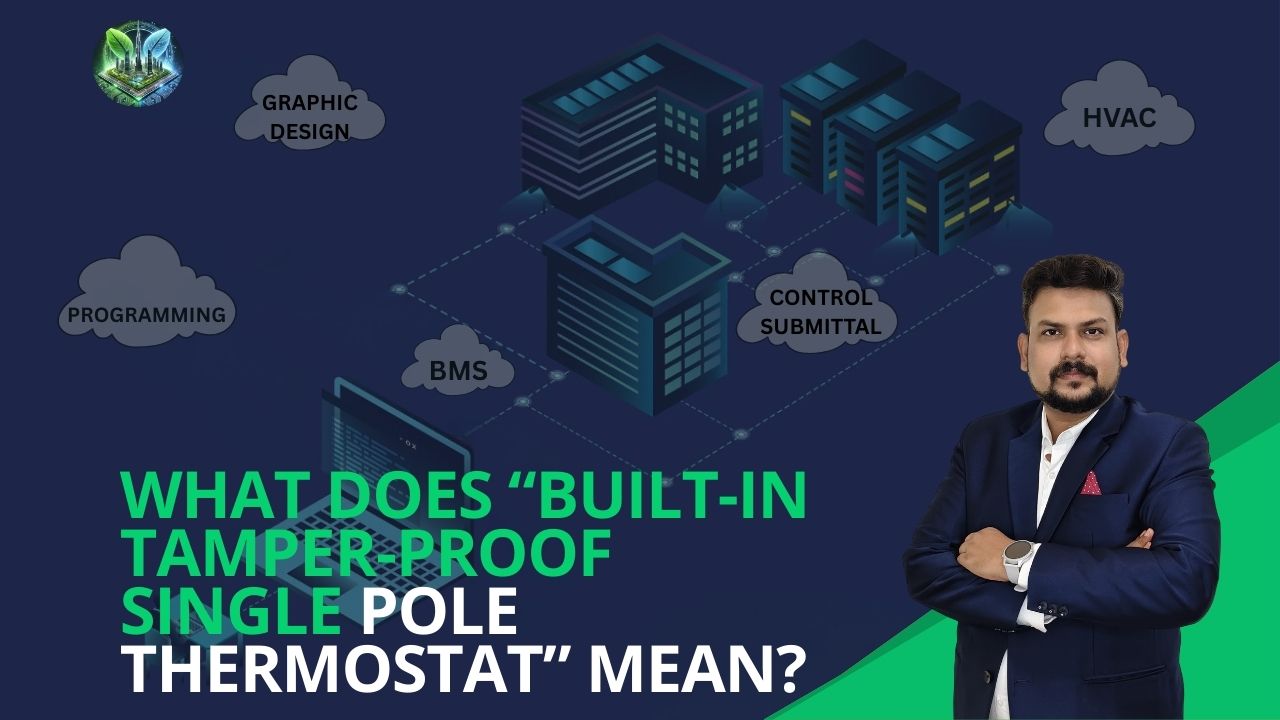.jpg)
Understanding Temperature Sensors in Building Automation
Here’s a quick breakdown
1. Water Sensing Applications
Use 1kΩ Platinum RTDs for precise temperature detection.
Install a transmitter if your controller doesn’t support direct RTD input.
Accuracy should be within ±0.5°F.
Always use twisted, shielded-pair cables to reduce noise and signal loss.
2. Duct Applications
Insertion Type: Best for ducts < 9 sq.ft or where air is well mixed. Sensor length = ⅓ of duct width (max 18”).
Averaging Type: For ducts > 9 sq.ft or prone to stratification. Minimum 12 ft or 1 ft per sq.ft of duct cross-section.
Key points: Always mount in metal housings with conduit entries and proper support clips for reliable readings.
3. Application Example
Each preheat or heating coil section in an AHU requires one averaging sensor — installed downstream of the coil for accurate discharge air temperature feedback.
Why it Matters:
Proper sensor selection ensures stable control loops, accurate feedback, and extended equipment life — the essence of a high-performing Building Automation System.

.jpg)
.jpg)


.jpg)


.jpg)
.jpg)
.jpg)
.jpg)
.jpg)
.jpg)
.jpg)
.jpg)
.jpg)
.jpg)
.jpg)
.jpg)
.jpg)
.jpg)
.jpg)
.jpg)
.jpg)
.jpg)
.jpg)
.jpg)
.jpg)

.jpg)
.jpg)
.jpg)
.jpg)

.jpg)
.jpg)
.png)
.png)


.png)

.png)
.png)
.png)
.png)
.png)
.png)
.png)
.png)
.png)
.png)
.png)
.png)
.png)
.png)
.png)
.png)
.png)
.png)
.png)
.png)
.png)
.jpg)
.png)
